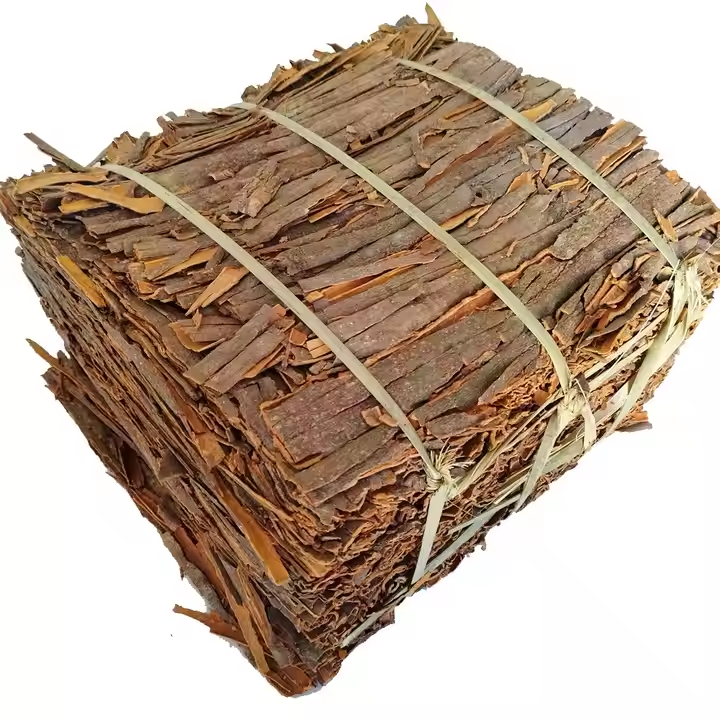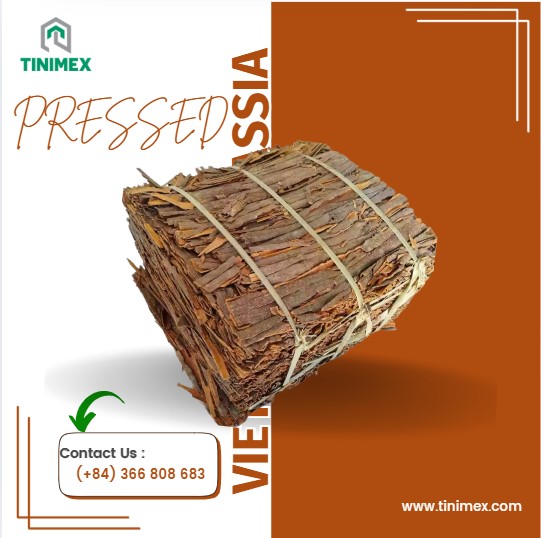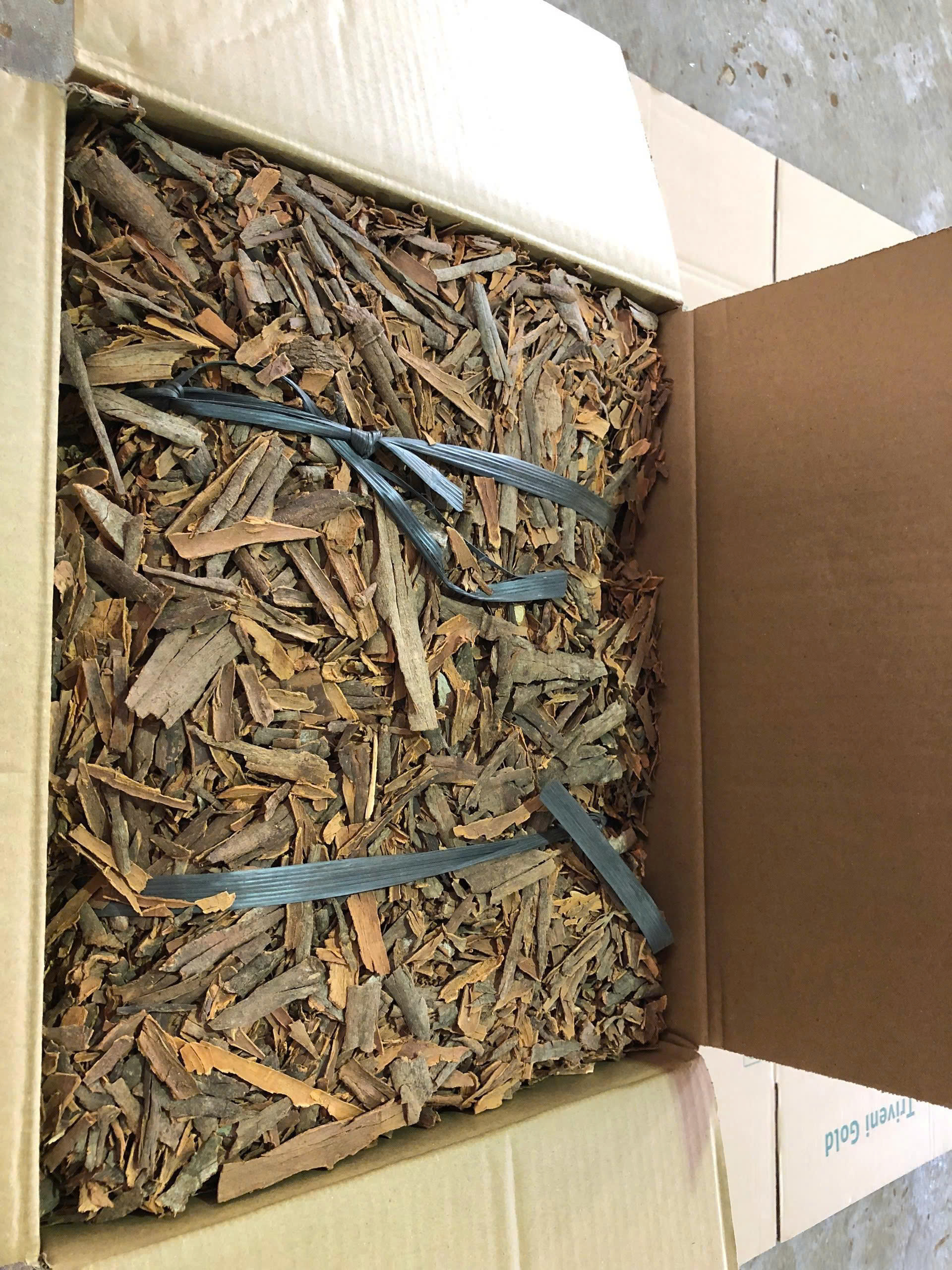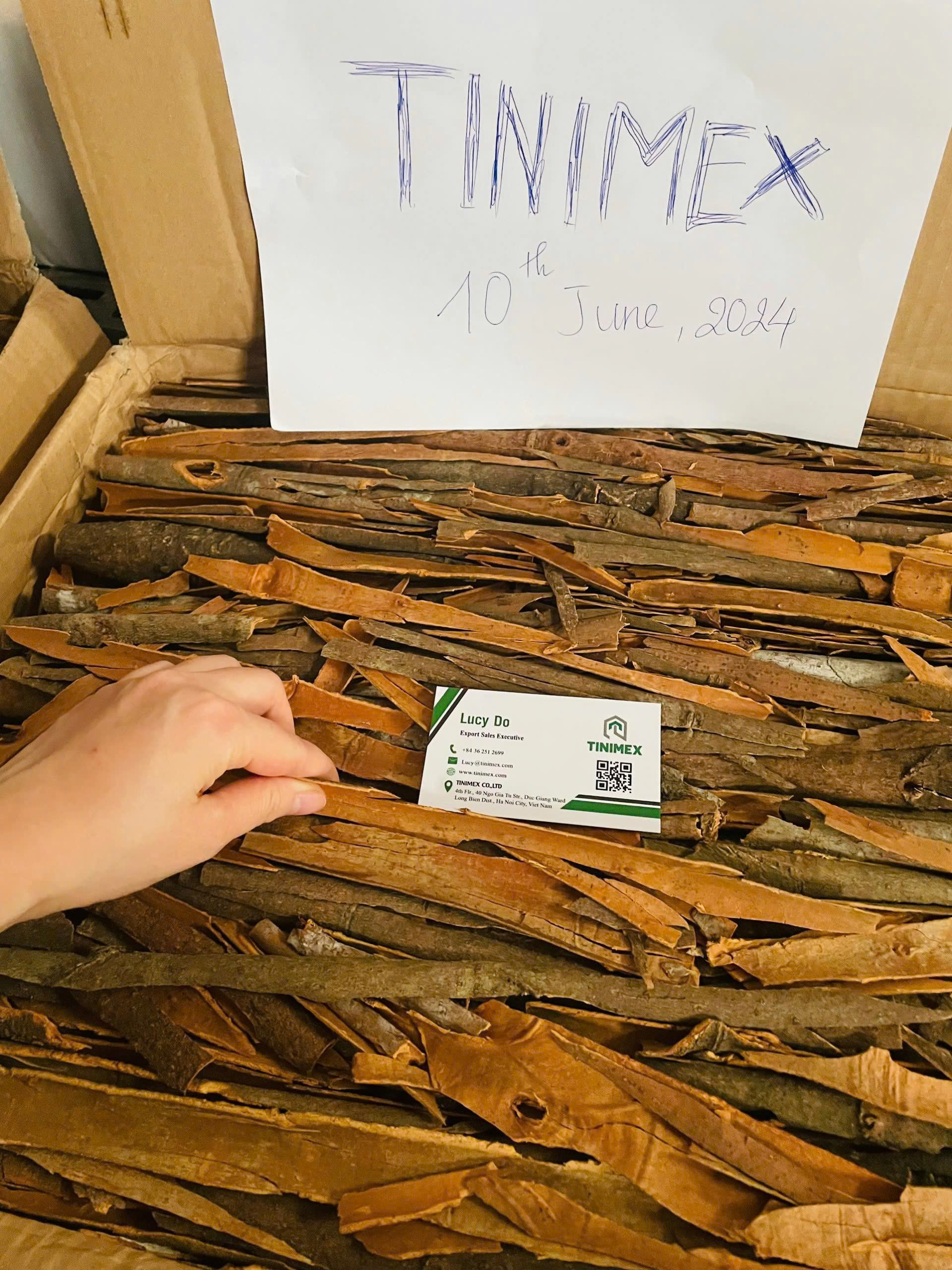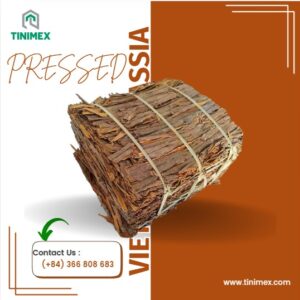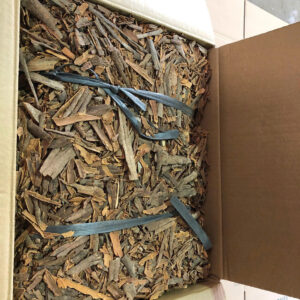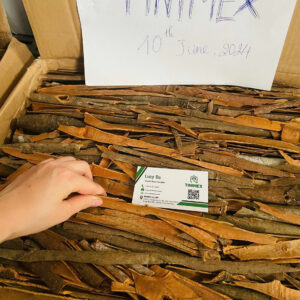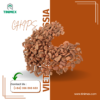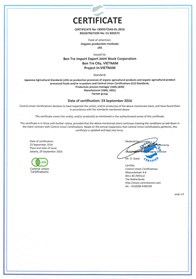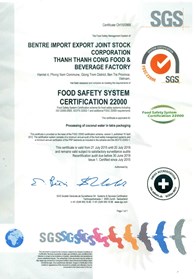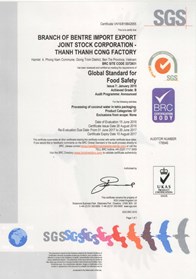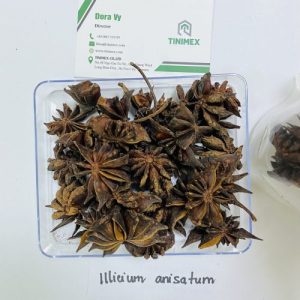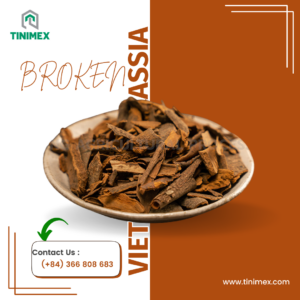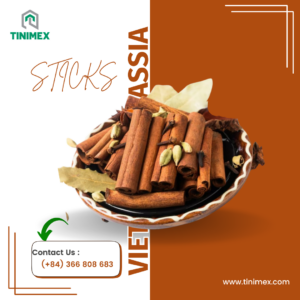PRESSED CASSIA/ CINNAMON
Liên hệ
Moisture: 13.5% max
Admixture: 2% max
VO: 3% min
Length: 25-45 cm (80% min)
No fungus, reddish color
Packing: Cartons (net 25kg)
Loading: 11MT/20FT, 25MT/40HQ
Origin: Viet Nam
Port of loading: Hai Phong Port
Pressed Cassia – Convenient, Easy-to-Store Flat Cassia Bark
Pressed Cassia, also known as flat cassia bark, is a modern, practical take on one of the world’s oldest and most beloved spices. Revered for its aromatic warmth and distinctive flavor, cassia (Cinnamomum cassia) has long been a staple in kitchens and medicine cabinets across Asia and beyond. Today, pressed cassia offers all the traditional benefits of cassia in a convenient, easy-to-store form that suits the needs of contemporary households and businesses.
In this comprehensive guide, we’ll explore everything you need to know about pressed cassia: what it is, how it’s made, its culinary and health benefits, and why it’s the smart choice for anyone seeking quality, practicality, and long-lasting freshness.
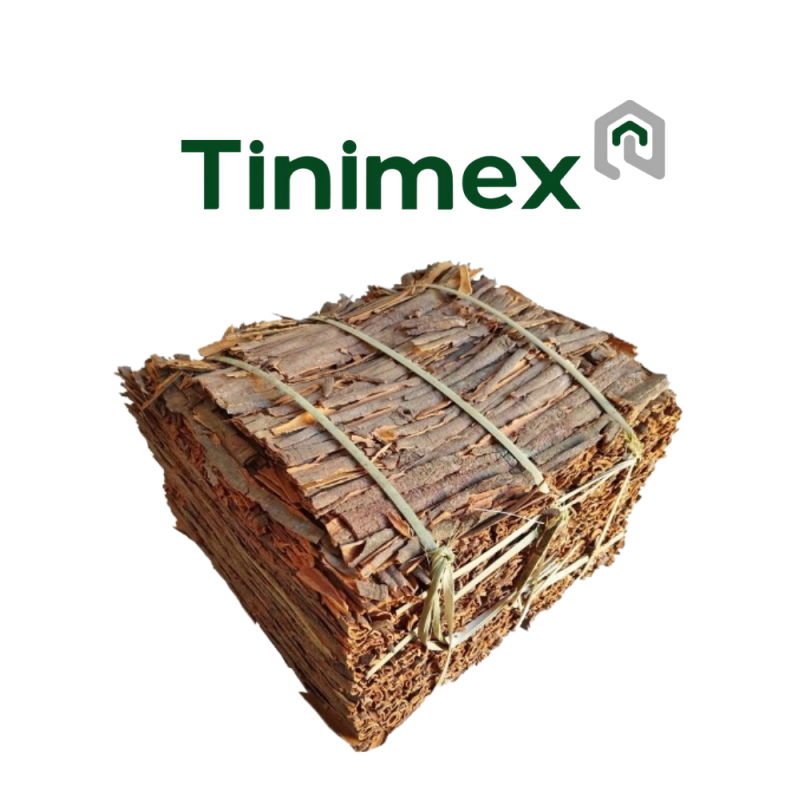
What Is Pressed Cassia?
Pressed cassia is made by taking fresh cassia bark, flattening it under pressure, and drying it to create thin, uniform sheets. This process preserves the bark’s essential oils and flavor while making it easier to package, store, and use. Unlike traditional rolled or curled cassia sticks, pressed cassia lays flat, which saves space and reduces breakage during transport and storage.
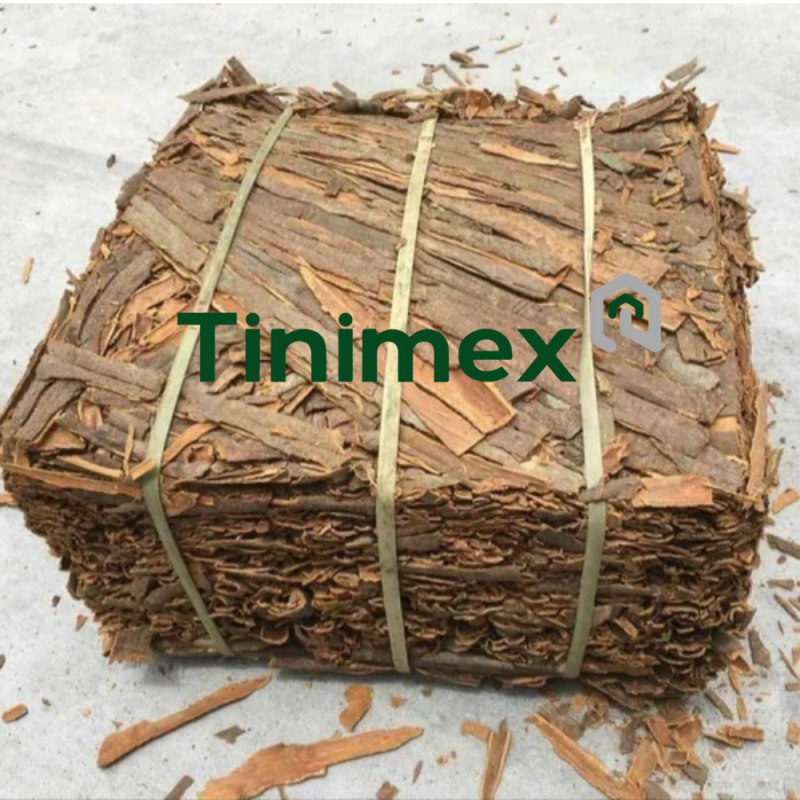
Key Features:
- Flat, compact sheets for easy stacking
- Retains high essential oil content and aroma
- Minimal breakage, less waste
- Simple to measure and use in recipes
How Is Pressed Cassia Made?
The journey from cassia tree to pressed bark is a blend of traditional expertise and modern efficiency. Here’s how the process typically unfolds:
- Harvesting: Cassia bark is harvested from mature trees, typically during the dry season when the bark peels most easily and contains the highest concentration of essential oils.
- Preparation: Fresh bark is laid out in the sun to dry slightly, reducing moisture and making it easier to handle. The bark is then bundled into manageable weights, usually around 20–25 kg, for further processing.
- Pressing and Drying: The semi-dried bark is pressed flat, often using specialized equipment or heavy weights. It is then arranged in layers and placed in a drying chamber or kiln. For optimal results, the drying temperature is carefully controlled (typically around 70–75°C), and the bark is left to cure for up to three weeks. This slow drying preserves the bark’s essential oils and prevents warping or curling.
- Sorting and Packaging: Once fully dried, the pressed cassia sheets are sorted by quality, thickness, and size, then packaged in airtight containers or vacuum-sealed bags to maintain freshness and prevent contamination
Why Choose Pressed Cassia? Key Benefits
Pressed cassia offers several advantages over traditional cassia sticks or powder, making it an increasingly popular choice for both home cooks and commercial users.
Convenience and Space-Saving
- Flat Shape: Pressed cassia’s flat profile means it can be stacked or layered, taking up less space in your pantry or storage area.
- Less Breakage: The compact sheets are less prone to cracking or shattering during shipping and handling, reducing waste and ensuring you get more usable product per package.
Easy Storage and Long Shelf Life
- Airtight Packaging: Pressed cassia is typically sealed in moisture-proof packaging, which helps preserve its flavor and aroma for longer periods.
- Stable in Various Climates: Properly dried and stored, pressed cassia resists mold and spoilage, even in humid environments.
Consistent Quality and Flavor
- Uniform Thickness: Pressed cassia sheets are produced to consistent thickness, ensuring even flavor extraction in culinary applications.
- High Essential Oil Content: The gentle drying process helps retain the bark’s natural oils, delivering robust, authentic flavor.
Versatility
- Easy to Break or Grind: The flat sheets can be easily snapped into smaller pieces or ground into powder as needed.
- Ideal for Cooking and Infusions: Use whole sheets in stews, curries, or beverages, or grind for baking and spice blends.
Culinary Uses of Pressed Cassia
Pressed cassia is prized for its sweet, spicy, and slightly peppery flavor. Its versatility makes it a favorite in both savory and sweet dishes across many cuisines.
Popular Uses:
- Stews and Soups: Add a sheet to broths, curries, or braised dishes for a warm, aromatic note.
- Baking: Grind pressed cassia for use in cakes, cookies, and pastries.
- Beverages: Infuse in teas, mulled wine, or hot chocolate.
- Pickling and Preserving: Use in spice blends for pickles and chutneys.
Tip: Because pressed cassia is potent, start with a small amount and adjust to taste.
Health Benefits of Cassia
Cassia is more than just a flavorful spice-it has a long history of use in traditional medicine. Modern research supports several of its purported health benefits:
- Digestive Aid: Cassia can help soothe digestive discomfort, reduce gas, and ease stomach spasms.
- Blood Sugar Support: Some studies suggest cassia may help regulate blood sugar levels, making it popular among people managing diabetes.
- Anti-inflammatory and Antioxidant: The essential oils in cassia bark contain compounds with anti-inflammatory and antioxidant properties.
- Immune Support: Traditionally used to combat infections and boost immunity.
Note: While cassia offers health benefits, it should be consumed in moderation, especially by individuals with liver concerns or those taking certain medications. Consult your healthcare provider if in doubt
How to Store Pressed Cassia
Proper storage is crucial to maintaining the quality and potency of pressed cassia:
- Keep Dry: Store in a cool, dry place away from direct sunlight.
- Airtight Containers: Use sealed jars or vacuum bags to prevent moisture and contamination.
- Avoid Crushing: Stack sheets flat to avoid breakage.
- Long-Term Storage: For bulk quantities, pressed cassia can be stored in food-grade plastic or enameled containers to prevent essential oil corrosion.
How Pressed Cassia Is Used in Industry
Pressed cassia isn’t just for home cooks. Its practical format makes it a favorite among:
- Food manufacturers: For consistent flavor in spice blends, sauces, and ready meals.
- Tea and beverage companies: For easy infusion and dosing.
- Pharmaceutical and wellness brands: As a raw material for extracts and supplements.
- Exporters: The flat, durable format reduces shipping costs and damage.
Sustainability and Sourcing
Ethical sourcing is increasingly important to today’s consumers. High-quality pressed cassia is typically harvested from managed plantations, where trees are carefully pruned and rotated to ensure long-term sustainability. Many producers also use environmentally friendly drying and packaging methods to minimize their ecological footprint.
Tips for Buying Pressed Cassia
- Check the Origin: Look for reputable suppliers who source from established cassia-growing regions.
- Inspect Packaging: Choose products in sealed, moisture-proof packaging.
- Smell and Appearance: High-quality pressed cassia should have a strong, sweet aroma and a uniform, reddish-brown color.
- Certifications: Organic or fair-trade certifications are a plus for health-conscious and ethical buyers.
Frequently Asked Questions
Is pressed cassia the same as cinnamon?
Pressed cassia is a type of cinnamon, but it’s distinct from “true” cinnamon (Ceylon cinnamon). Cassia is bolder and more robust in flavor, making it ideal for many Asian and Western recipes.
Can I grind pressed cassia at home?
Yes, pressed cassia can be easily broken into pieces and ground in a spice grinder or mortar and pestle.
How long does pressed cassia last?
When stored properly, pressed cassia can retain its flavor and aroma for up to two years or more.
Is pressed cassia safe for everyone?
While safe for most people in culinary amounts, cassia contains coumarin, which can be harmful in large quantities. People with liver conditions or those taking certain medications should consult a doctor before consuming large amounts
Conclusion: Why Pressed Cassia Is the Modern Spice Essential
Pressed cassia brings together the best of tradition and innovation. Its convenient, flat format, robust flavor, and long shelf life make it an ideal choice for anyone who values quality, efficiency, and ease of use in the kitchen or business. Whether you’re a home cook looking to elevate your recipes or a manufacturer seeking reliable, high-quality spice, pressed cassia delivers unmatched practicality and taste.
Ready to experience the difference? Choose pressed cassia for your next culinary adventure and discover a smarter way to spice up your life.
For bulk orders, custom packaging, or more information about sourcing pressed cassia, contact our team TINIMEX today and unlock the full potential of this versatile, easy-to-store spice.
Address : 4th Flr., 40 Ngo Gia Tu Str., Duc Giang Ward, Long Bien Dist., Ha Noi, Viet Nam
Hotline: (+84) 366 808 683
Mail: info@tinimex.com
Website: www.tinimex.com
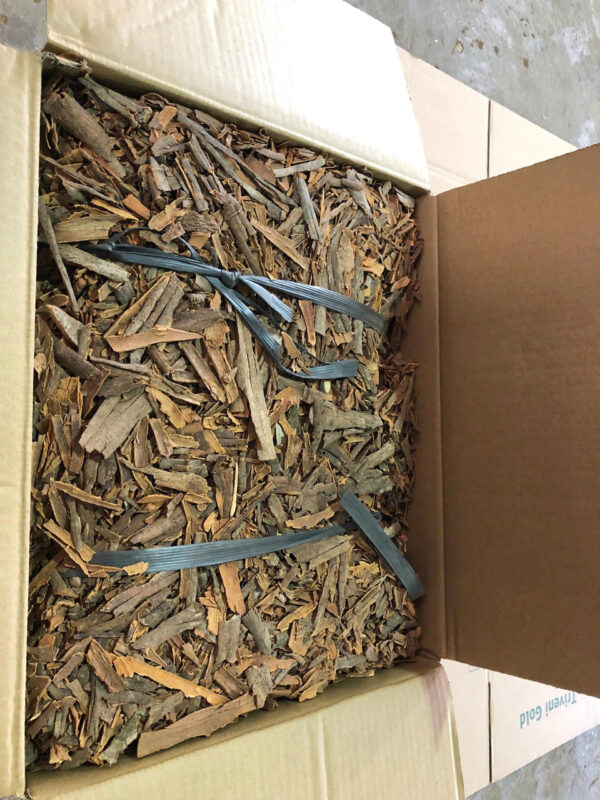

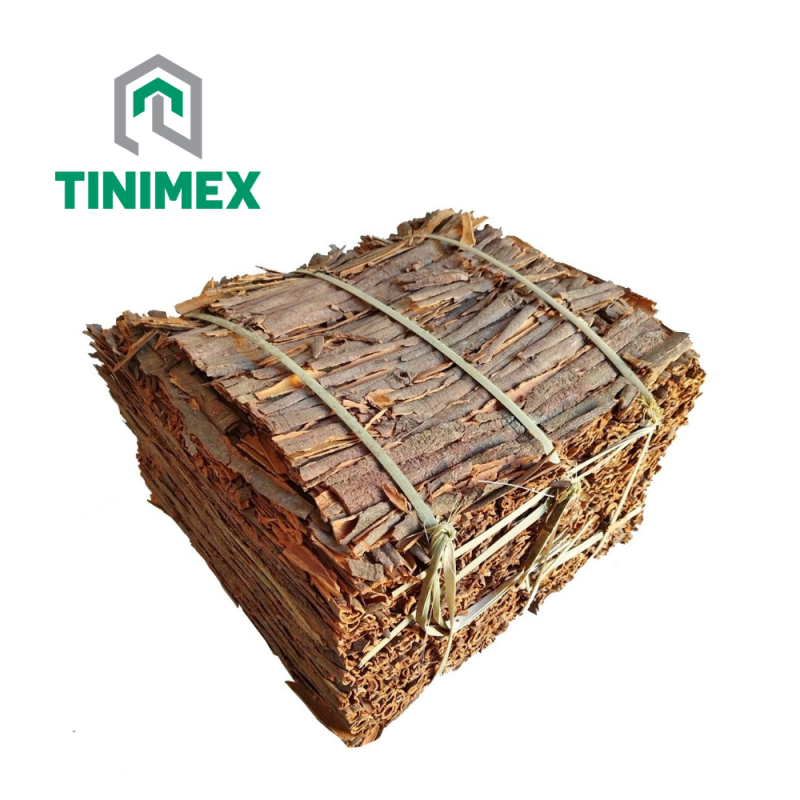
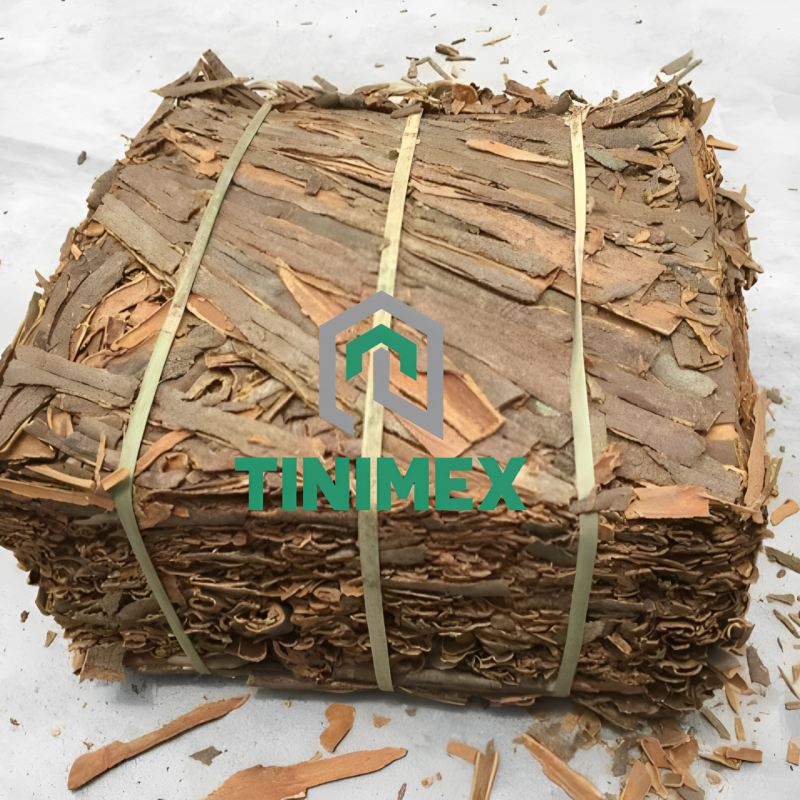
Tinimex was established in 2020 specializing in manufacturing and exporting agricultural products such as:
Spices: Cinnamon, Star Anise, Cardamon, Black pepper, Ginger, Turmeric,…
Fruit with: Fresh fruit: Dragon fruit, Lime, Fresh Coconut,….
Dried fruit: Desiccate Coconut, Dried Mango, Dried Banana, Dried Jackfruit,…
Tinimex’s responsibility, in addition to the main products at the factory, we will also constantly search for new agricultural products from the growing areas or farmers, collect, produce and pack at the factory to meet the needs of customers as well as the market.
We have a head office in Hanoi and two manufacturing plants in Yen Bai Province manufacture Spices and Ben Tre Province manufacture Dried Fruit and Fresh fruit
+ Hanoi Head Office: 4th Flr., 40 Ngo Gia Tu Str., Duc Giang Ward, Long Bien Dist., Ha Noi, Viet Nam.
Our factory:
+ Yen Bai factory: Mau A Town, Văn Yen Dist., Yen Bai Province, Vietnam
+ Ben Tre Factory: Hamlet 2, Son Phu Commune, Giong Trom District, Ben Tre Province
All our Factories strictly control the system by ISO 22000:2018, HACCP, FDA.
Our factory:
+ Yen Bai factory: Mau A Town, Văn Yen Dist., Yen Bai Province, Vietnam
+ Ben Tre Factory: Hamlet 2, Son Phu Commune, Giong Trom District, Ben Tre Province
Hanoi Head Office:
4th Flr., 40 Ngo Gia Tu Str., Duc Giang Ward, Long Bien Dist., Ha Noi, Viet Nam
(+84) 366 808 683
info@tinimex.com
www.tinimex.com
All our Factories strictly control the system by ISO 22000:2018, HACCP, FDA.

Throughout the production process, every stage is tightly controlled, from sourcing raw materials to processing, with absolutely no use of harmful chemicals, preservatives, or artificial colors and flavors. Our focus is on achieving internationally recognized standards. Betrimex's products have obtained various international certifications, including ORGANIC (USDA, EU), BRC, FDA, HALAL, KOSHER, BSCI, FSSC 22000.
Our products are currently available in over 20 countries worldwide.




